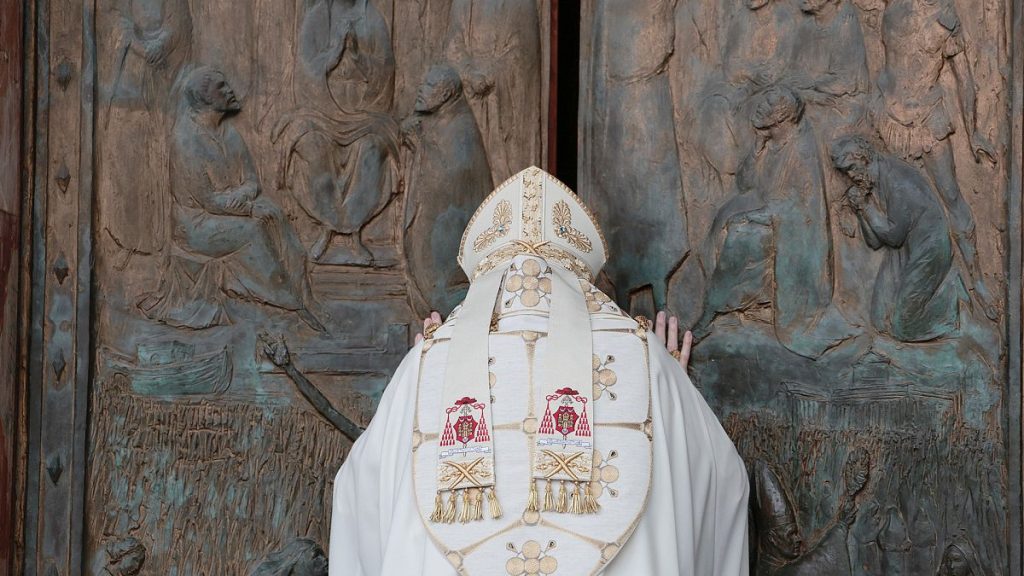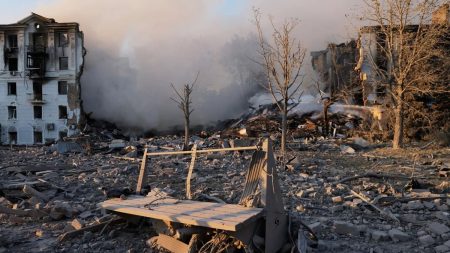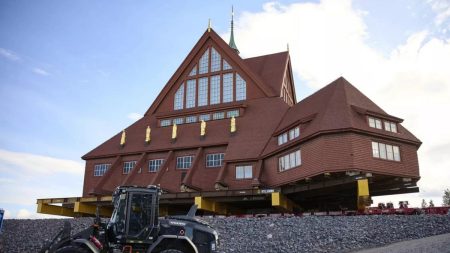The 2025 Jubilee in Rome, a major religious event expected to draw over 30 million pilgrims, is anticipated to generate a significant economic boost for the city. Initial projections suggest a potential €17 billion influx into the Roman economy, fueled primarily by tourism spending. However, early indicators reveal a more nuanced reality, with experts cautioning against overly optimistic estimates and highlighting potential downsides such as escalating housing costs. While the Jubilee holds the promise of substantial economic benefits, its actual impact remains to be seen, and concerns exist regarding its long-term effects on the city’s infrastructure and affordability.
The early stages of the Jubilee have presented a mixed bag for businesses in Rome. While millions of pilgrims are expected to visit the city, the anticipated economic windfall has yet to materialize for many. Accommodation providers, particularly those catering to short-term stays, report a significant drop in bookings. This unexpected downturn is attributed to the unique spending habits of pilgrims, who often opt for budget-friendly communal accommodations rather than private rentals or hotels. Furthermore, the influx of visitors seems to be deterring other tourists, leading to a decrease in typical holiday travel, impacting the wider tourism sector. This disparity between projected figures and early observations suggests a need for more realistic assessments of the Jubilee’s economic impact.
Experts urge caution in interpreting early economic data related to the Jubilee. Professor Filippo Celata, an expert in economic geography, emphasizes the premature nature of assessing the event’s financial consequences. He points to the tendency for overblown projections surrounding major events and suggests drawing lessons from past Jubilees, particularly the 2000 event. Celata highlights the Bank of Italy’s report on the 2000 Jubilee, which revealed a structural impact characterized by job creation in less affluent sectors alongside a concerning rise in housing costs. This precedent suggests that while the Jubilee can stimulate economic activity, it also carries the risk of exacerbating existing inequalities and affordability challenges in the city.
The potential for rising housing costs in Rome is a major concern surrounding the Jubilee. Studies indicate a pre-existing upward trend in rental prices, with further increases anticipated during and after the event. This escalating cost of housing is attributed to several factors, including the limited availability of rental properties in Rome and the conversion of many apartments into short-term tourist accommodations. The influx of pilgrims and the associated demand for housing are expected to exacerbate this trend, potentially making Rome even less affordable for its residents. This underscores the need for effective interventions by public authorities to address the housing crisis and mitigate the negative impact of the Jubilee on affordability.
The Jubilee’s impact on Rome extends beyond immediate economic gains and losses. It presents an opportunity for urban renewal and infrastructure development. However, questions arise regarding the long-term benefits for the city, especially given its ongoing struggles with overtourism and governance challenges. The event’s focus on attracting visitors raises concerns about the prioritization of tourist needs over the well-being of residents. The influx of pilgrims also adds strain to the city’s infrastructure and resources, potentially exacerbating existing issues such as overcrowding and waste management. Successfully leveraging the Jubilee for positive urban transformation requires careful planning and a balanced approach that addresses the needs of both residents and visitors.
The 2025 Jubilee presents a complex and multifaceted challenge for Rome. While the event holds the potential for substantial economic benefits and urban renewal, it also comes with significant risks, including inflated expectations, rising housing costs, and the exacerbation of existing urban challenges. The early indicators suggest a need for realistic assessments, careful planning, and a focus on long-term sustainability. Whether the Jubilee will ultimately be remembered as a missed opportunity or a catalyst for positive change remains to be seen. The success of the event will depend on the ability of city officials and stakeholders to navigate its complexities and ensure that its benefits are shared by all, not just a select few.














